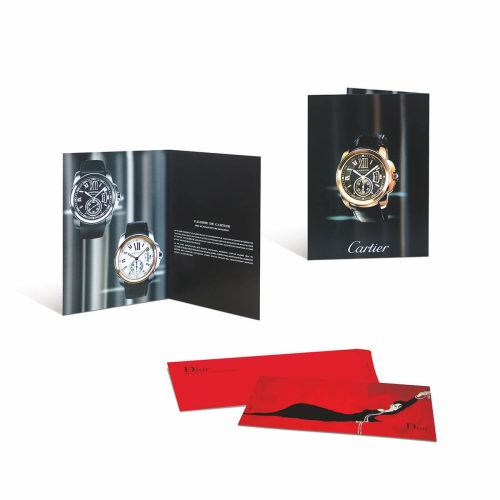Works
Bookbinding & Finishing
Bookbinding is an essential aspect of creating a high-quality book that will stand the test of time. There are several different bookbinding options available, each with its own unique benefits and drawbacks.
One of the most popular bookbinding methods is perfect binding, which involves gluing the pages of the book to the spine. This method is ideal for books with a large number of pages and is commonly used for paperback novels and other mass-produced books.
For a more premium finish, however, you might want to consider other bookbinding options such as case binding, which involves sewing the pages of the book together before attaching them to a hard cover. This method provides a sturdier and more durable book that is ideal for coffee table books, art books, and other high-end publications.
Another option is Smyth-sewn binding, which is similar to case binding but involves sewing the pages together in small groups before attaching them to the cover.
This method provides even greater durability and is often used for textbooks and other books that will be subjected to heavy use.
To give your book an even more luxurious feel, you might want to consider premium finishing options such as foil stamping, embossing, or debossing. These techniques can be used to add metallic accents, create raised or recessed designs, or add texture to the cover of your book.
Ultimately, the bookbinding and finishing options you choose will depend on the type of book you are creating and the impression you want to make. With the right combination of binding and finishing techniques, you can create a book that is not only visually stunning but also built to last.




